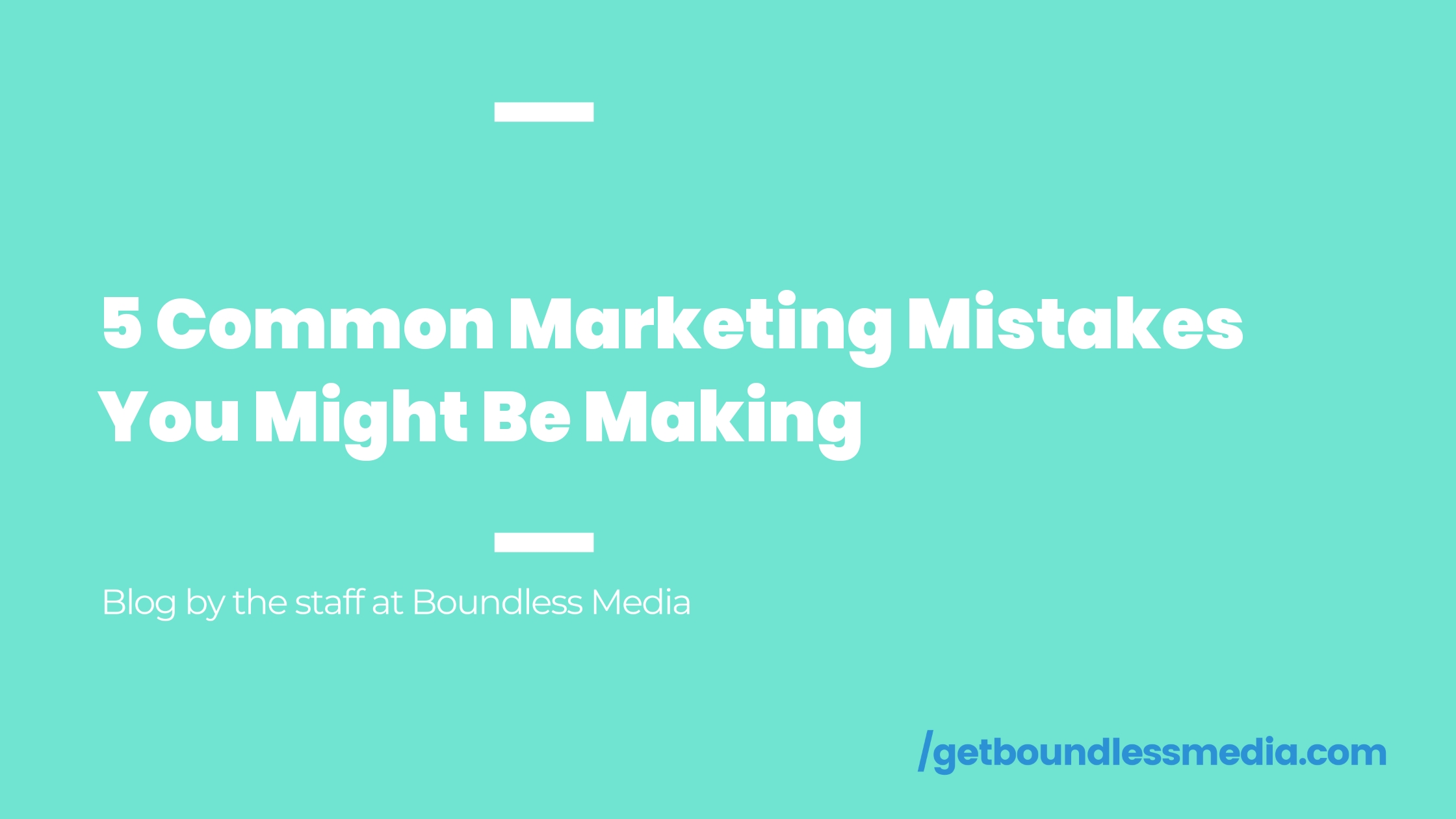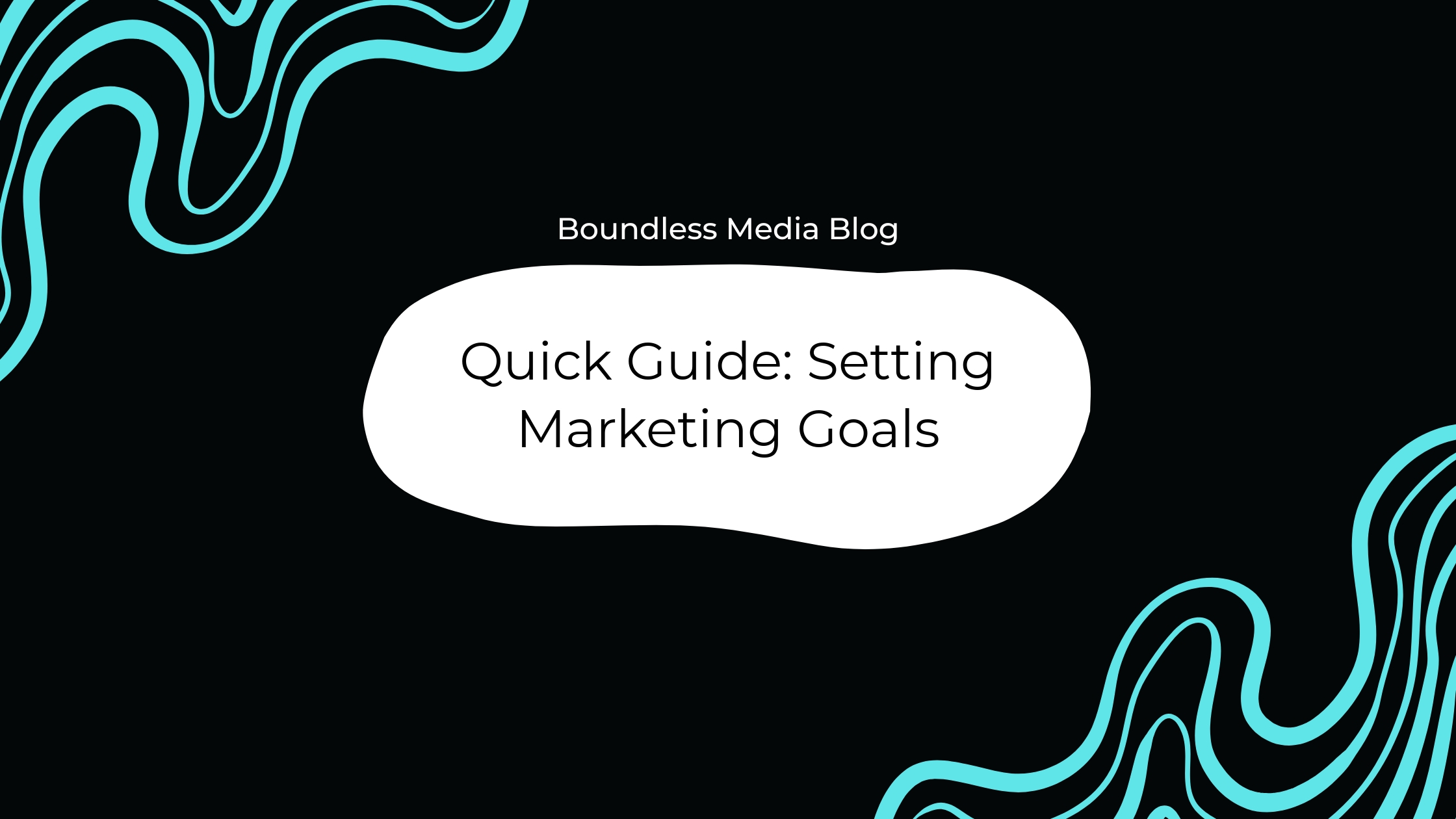
Keeping Leads Engaged Through Messages

Congratulations! You’ve started your outreach, and your campaigns are live. You’re getting connections, and your follow-up messages are being sent out. But how do you keep your leads engaged with your messaging? This blog will give you some tips and tricks to keeping your audience engaged. This won’t apply to everyone, and of course, a lot of this will depend on your niche, audience, the platform you’re using, and who you’re sending messages to. You also need to take into consideration your sales tactics and your sales style. If you don’t usually come out swinging hard with a sales pitch, don’t try to do that in your follow-up messages. We’ll let you in on some ways you can keep your leads engaged through messaging, to get more calls booked!
There are different approaches you can take when sending messages. You can be super direct, for example, “I do X for NICHE through ABC.” This way is coming out of the gate swinging and telling your lead this is what you do, and you want to sell to them. Sometimes that works, and you can book a lot of calls that way. But, be careful using this approach. Depending on who you're reaching out to, people might not like the super direct sales approach.
You want to think about the context of your messages as well. Does it make sense for your audience? If you’re using a cold list of leads, your messaging should differ from what you would use for a warm list. A warm list of leads might be a bunch of people that were on your website looking at a specific page. If that’s the case, you could say something like, “Hey, name. Are you still looking for X?” you can get straight to the point with your warm contacts. They already know what you do and who you are, so you don’t have to warm them up.
For your cold list, make sure you engage them with your first message. Use some kind of engaging or custom point to show them that you’re real, not just a robot spamming them with messages. You could say something like, “Hey, name. I saw you opened a new location, congrats! I help X do ABC using product. Open to chatting about this?” Including case studies can be helpful to show that you know what you’re doing and shows the value you can add to their company. Regardless if you’re reaching out to a cold or warm lead, your call to action (CTA) is one of the most critical pieces of your messaging.
Your CTA can be anything from trying to schedule a meeting to just asking qualifying questions. If a person is part of your campaign, then they ideally fit in your niche and target market. However, asking qualifying questions can help you improve your messaging and what your offer is. Maybe you want to know if they have a social media manager in-house. You could send a message like this; “Hey John! I’ve noticed a lot of companies are finding it difficult to keep up with their social media channels and keep their content current and relevant. Curious, do you have a social media manager that helps company do this? Would love to hear your thoughts.” This is a more conversational approach, but it’s a good CTA that will start a conversation and gives you an opportunity to talk about what your company does. You can also offer a valuable resource as a CTA. Ending the message with “I have X that shows ABC. Ok if I send you a copy?” Free audits are also good to offer. Giving a prospect something that not only adds value to what they’re doing but also shows that you’re an expert in your field can go a long way.

Why not just run an ad and show up in everyone's inbox and wait for someone to come to you? With an ad, you haven’t pre-qualified those people. You don’t know where they are, what industry they’re in, if they’re the ones who can make decisions, or even if they need what you offer. With a conversational campaign, you’ve found these people and know they are in your niche. Running an ad won’t do any good if the people who contact you aren’t your ideal customer. A conversational campaign will provide insight into their problems, and you can offer advice on how to fix them. Maybe you see traffic on an eCommerce site is down. You can say, “Hey, I noticed your website views are down. Have you tried XYZ?” Being more conversational also helps build trust and rapport with your prospects. Someone is more likely to schedule a call and sign a contract with you when they trust you.
You also don’t want to come off as sounding like a robot. Having engaging messaging and not going right into the sales pitch gives you more of a human approach. You can still use automation to send out messages on a large scale, but the tone and type of message you send, if it sounds like a bot sent it, then it’s more likely to get overlooked and thought of as spam.
Now, for follow-ups. This is where most sales will happen and are incredibly important. There are so many different ways you can go about sending follow-up messages. This is where case studies, free resources, and asking questions can help get replies. This can help you determine if they actually want to pay for your service. If you offer a free resource and they don’t want it, they most likely don’t want to pay for it. The more replies you can get from a person, the more you can learn about them, their problems, and if they’re a good fit for you.
If you find out someone isn’t a good fit for you, you could just tell them they’re not a good fit and end the conversation there. But, depending on why they’re not a good fit, you could offer resources you have, like blog posts, podcasts, and other things that will help them become a good fit. Once they are and they’re ready for your services, you can restart a conversation with them in the future. You can show them how to be a good fit for you. If you get a no from someone, follow up with them in a month. No doesn’t mean no forever; it just means not right now. Following up with people consistently could eventually lead to a sale that you never thought you’d land. If someone tells you to stop contacting them, however, you should definitely remove them from your list.
Content is an excellent way to follow up outside of messaging them. If you’re connected on LinkedIn, and they told you they’re not interested right now, they will still see your content. Keeping your content current, relevant, and engaging could also take someone from a no to a yes. This includes being active on other people’s content as well. Like and comment on posts often to help stay top of mind and position you as an expert so you’ll be the first person people want to call when they are ready for your services.
You should always keep in mind that when it comes to your messaging, you might think you have the best copy in the world, but if your audience doesn’t like it and your niche isn’t responding to it, then you need to change it. The market is your critic that you need to listen to. So get your message out as quickly as possible to see what you need to change. It could take you ten tries to get it right. So take your message and pull the data from it. See what is performing well and use that. Or change the sequence of your messaging, or do an A/B test. Your messaging also won’t last forever. You might have to change your message due to market changes or industry standards. It’s ok to try again. Don’t take it personally if your messaging isn’t performing well.
If you want help crafting and creating a campaign that will help generate new business for you, email us at nico@getboundlessmedia.com, and we’ll be happy to chat!
Get More Estimates Booked On Your Calendar



*Data summarized from all Home Services Verticals with average project values over $3,500





.svg)